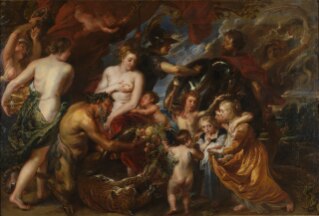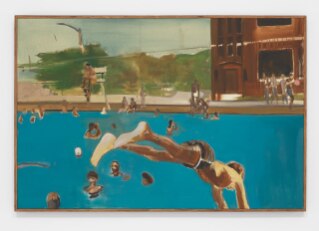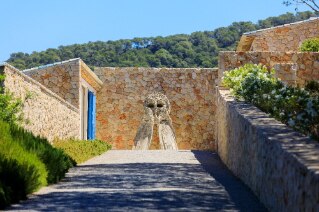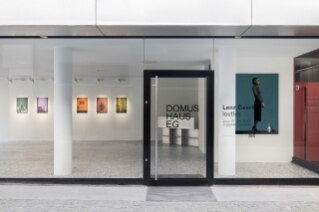Almost by analogy, so could be described the curatorial practice of Hans Ulrich Obrist. Open, incremental, multi-faceted: publishing projects, touring exhibitions, marathons, interviews, the latter amenable to The Interview project. Voice and accumulation are the essential elements of this project, started in the mid-nineties by Obrist. The many world views gathered by the Swiss curator, which are now reaching an encyclopaedic number, do not take the form of an argued critical essay, but that of a dialogue between the interviewer and a diverse list of thinkers and practitioners.
![Top: Franco Vaccari, <em>Esposizione in tempo reale n. 4: Lascia su queste pareti una traccia fotografica del tuo passaggio</em> [Real time exhibition n. 4: Leave on this wall a trace of your passage], 36th Venice Biennale, 1972. Above: Luca Cavalli Sforza in one of his travels amongst the pygmies © Arnoldo Mondadori Editore Top: Franco Vaccari, <em>Esposizione in tempo reale n. 4: Lascia su queste pareti una traccia fotografica del tuo passaggio</em> [Real time exhibition n. 4: Leave on this wall a trace of your passage], 36th Venice Biennale, 1972. Above: Luca Cavalli Sforza in one of his travels amongst the pygmies © Arnoldo Mondadori Editore](/content/dam/domusweb/en/art/2012/05/31/the-idea-of-voice/big_385214_1411_cavalli%20sforza%20-%20pigmei1.jpg.foto.rmedium.jpg)
On 1 April 2012, in the Sala delle Cariatidi [Caryatid Room] of Milan's Palazzo Reale, Obrist interviewed four guests: Dario Fo, Alberto Garutti, Franco Vaccari and Luca Cavalli Sforza. This year all of them have been or will be featured in major exhibitions in the city: Cavalli Sforza at the Museo di Storia Naturale, Dario Fo at Palazzo Reale, Alberto Garutti at the PAC, and Franco Vaccari at Palazzo Reale, as part of Addio Anni 70. Arte a Milano 1969 / 1980, a project curated by Francesco Bonami with Paola Nicolin.
The set of stories constituted a rich picture of personal poetics, construction of an operational method, relationship to politics and civil society.
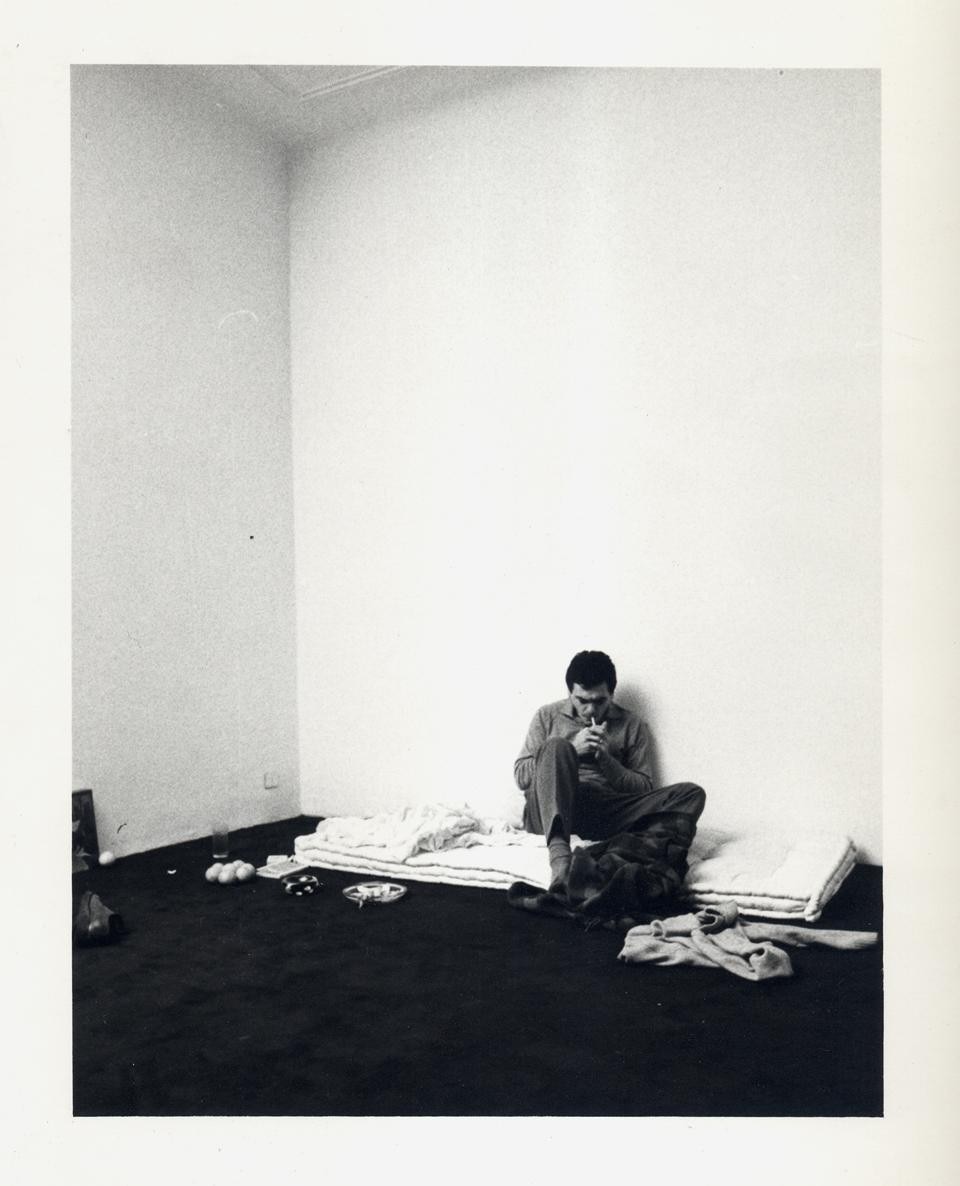
The theme of the master, of the reference figures, latent during the interviews with Garutti and Vaccari, returned with Cavalli Sforza in the center of the discussion, as it had been with Dario Fo and his paradoxical quotations from his friendship with Manzù: "The ancient copy us all."
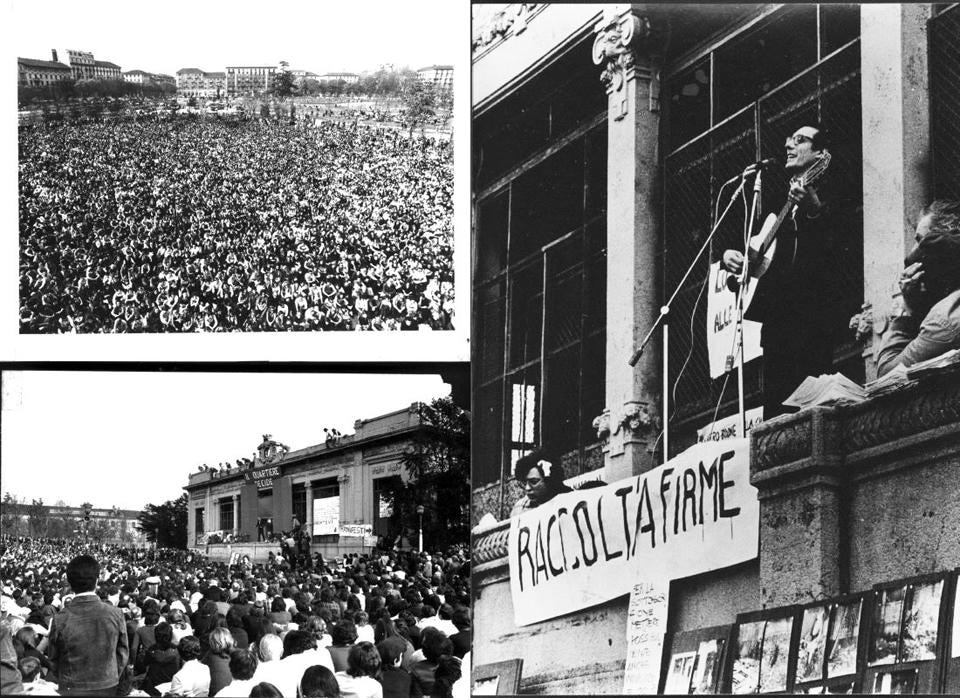
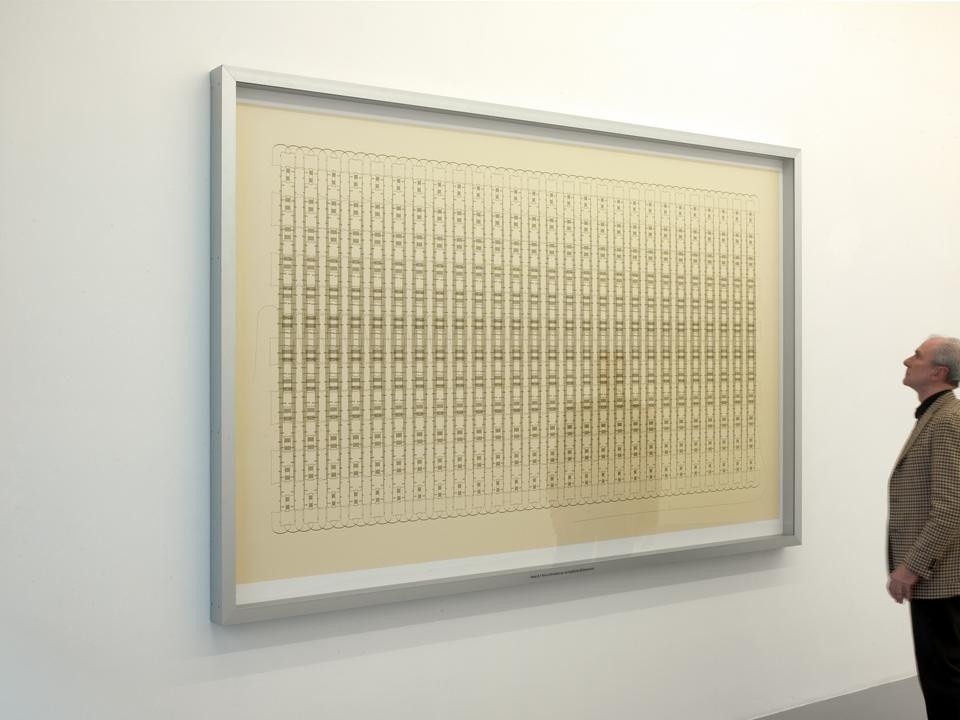
Travel and ritual are the two elements on which the exhibition at Galleria 2000 in Bologna in 1971 is centred. The displacement, the concealment of the author are at the heart of the 1968 reportage Città vista a livello di cane [The city seen at dog height], and his participation in the 1972 Venice Biennale, where visitors met a blank wall, a photo booth and the invitation in four languages to leave a photographic trace of their passage, for a fee. Surprising is also the video Cani lenti [Slow Dogs]. Filmed in 1971 in Super 8, the dogs were shot in slow motion, their step coinciding with the beat of a song by Pink Floyd, in an artistic transposition of the Heisenberg uncertainty principle. Similarly, the video Mendicante elettronico [Electronic beggar], presented in Graz in 1973 as part of Trigon, was influenced by the theories of McLuhan.
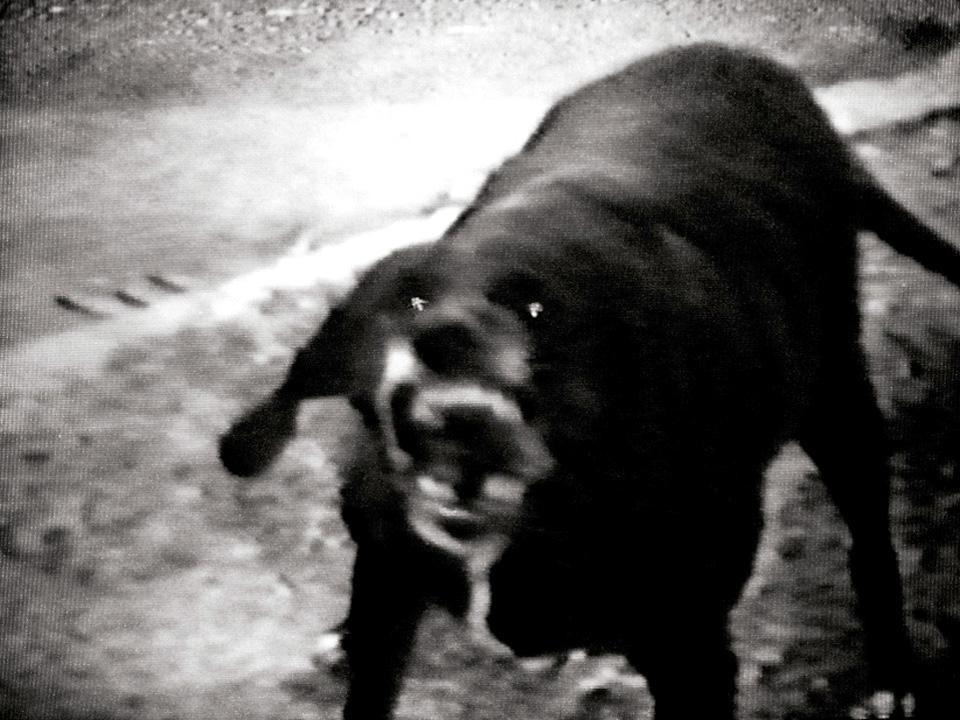
Thank also to his move to Stanford in the seventies, Cavalli Sforza has gradually extended the research on the human species to other disciplines such as archeology and linguistics, finally studying the hereditary aspects of behaviour. The effectiveness of this method of work was then amplified by his frequent travels and explorations, useful to test on the field the hypotheses previously made, and in turn give impetus to extend and refine the research instruments.
The theme of the master, of the reference figures, latent during the interviews with Garutti and Vaccari, returned with Cavalli Sforza in the center of the discussion, as it had been with Dario Fo and his paradoxical quotations from his friendship with Manzù: "The ancient copy us all."



